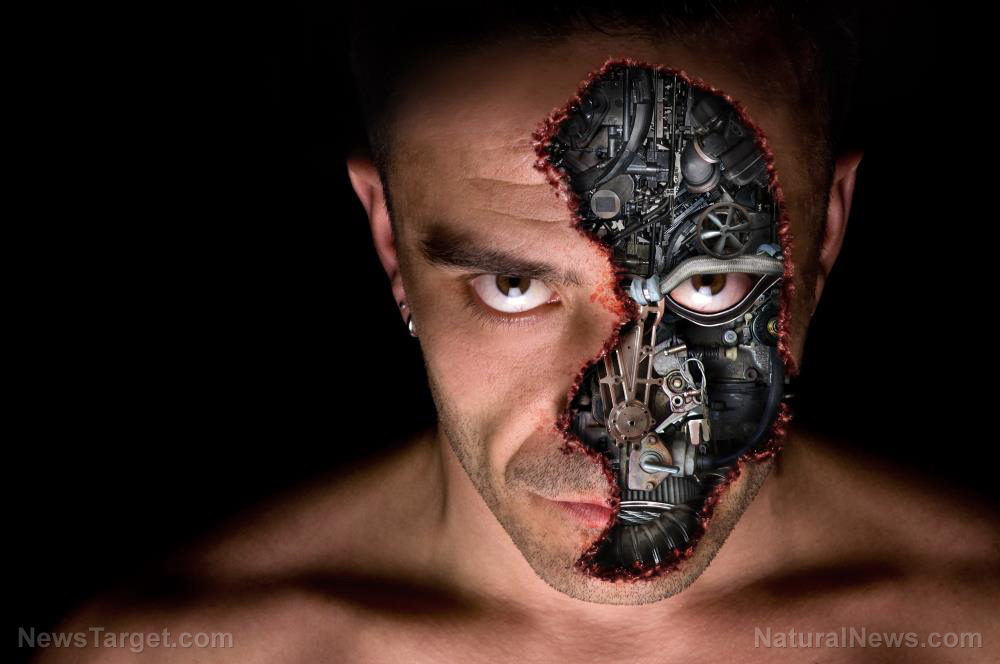
A team of scientists from Princeton University have developed a new code that gives artificial intelligence the capability of developing virtually limitless nuclear fusion energy. The new code, the Fusion Recurrent Neural Network (FRNN), applies deep learning to a pair of comprehensive databases at the world’s largest nuclear energy facilities. These facilities contain historic logs of detailed data on the disruptions that occur in fusion energy development. The new FRNN has demonstrated the ability to mitigate these disruptions to virtually zero, providing limitless capabilities for nuclear energy creation.
After applying deep learning to the data sets, The FRNN can reliably forecast disruptions and destructive events that occur in tokamaks.
AI deep learning to make nuclear energy production drastically more efficient
The tokamak, invented by the Soviet Union in the 1960s, is the most advanced nuclear energy generator. The tokamak is a type of magnetic confinement device that uses magnetic fields to trap hot plasma. Two magnetic field coils, the toroidal and poloidal, trap the plasma in a vertical and horizontal field, shaping the hot plasma and keeping it off the machine walls. The plasma, trapped in the vacuum vessel, is brought to life with a puff of smoke and a strong electric current. From there, three sources of heat energy are applied to ultimately create enough heat to generate fusion. Neutral hydrogen atoms are injected into the plasma at high speed. As they are slowed, they transfer energy to the plasma. Secondly, plasma current is induced using a transformer and a central magnetic coil. Lastly, radio-frequency heating is applied using external coils that deliver oscillating currents where the energy absorption is very high. With enough heat energy, fusion can occur, a process in which two atoms of hydrogen fuse into one atom of helium. The leftover mass from the fused hydrogen is converted into energy. This is akin to the process that powers the sun.
Now scientists are counting on robots to understand the intricacies of the process and to make energy production more efficient. The new FRNN will be tasked with detecting large-scale instabilities of the plasma. These unpredictable instabilities cause rapid and complete loss of magnetic confinement. The AI sifts through data on previous instabilities of plasma to forecast future occurrence of these disruptions. In doing so, the AI will help scientists adapt the process to generate more efficient nuclear energy production.
The prototype has already shown success on data taken from the DIII-D that General Atomics operates for the Department of Energy in San Diego and from the JET that EUROfusion operates in the United Kingdom. This facility is the largest of its kind in the world. The FRNN has shown unprecedented accuracy and speed at computing spatial and temporal information to predict disruptions in central structure plasma. These predictions can prevent damage to the fusion reactors and mitigate disruptions that halt fusion reactions.
The most pressing question for those involved with this AI advancement is: Will the code allow robots to actively optimize and control reactors?
According to the scientists, this is the ultimate goal. The machine learning will be used to predict plasma disruptions with long warning times, enabling machines to actively control and optimize reactors. The AI’s understanding of complex physical systems enables robots to take over the nuclear power industry.
For more information on nuclear energy and its controversies, visit Nuclear.News.
Sources include:
Please contact us for more information.





















